Top Photo: Eastern gray squirrel stares from railing.
Gray squirrels are all over the campus of the Museum of Life and Science, and they’re quite tame. If you have a bird feeder in your yard you’re probably all too familiar with gray squirrels. Despite their frustrating ability to eat most of what you put out for the birds, you have to hand it to them, they’re crafty beasts and can be fun to watch.
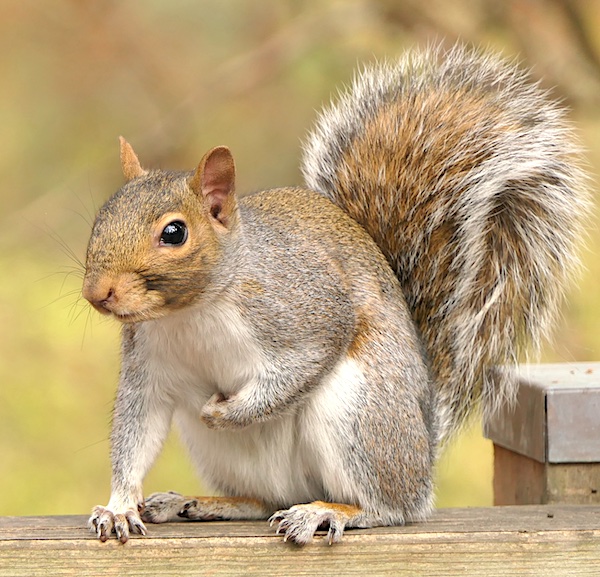
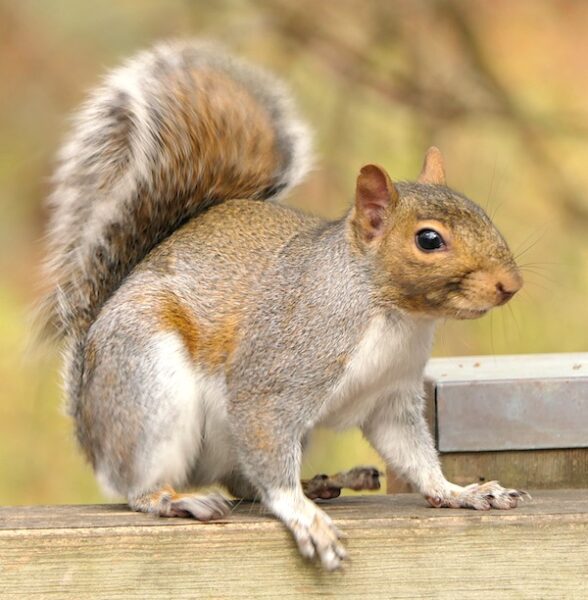
Small, frenetic and always on the lookout for food, the green hued bird in the following series of photos is a winter resident at the museum. Stand by the two river birch trees on the north side of the wetlands (or sit on one of two benches there) and you should see one before too long. That holds true for most of our 84 acres, they’re common enough around campus.
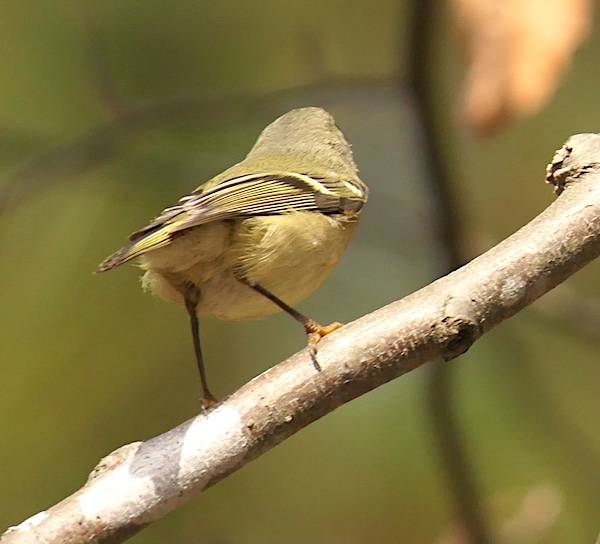

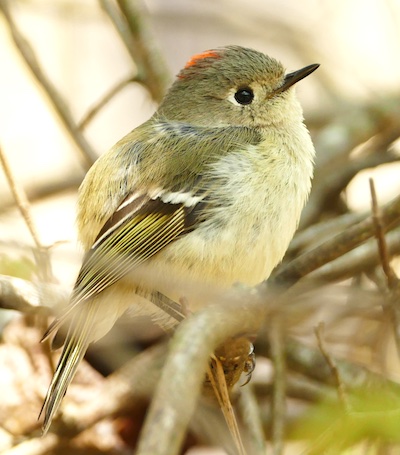
Walking through the Dino Trail I heard the cat-like mew of a bird up in the trees. A few brief minutes of searching and I saw the culprit hanging by the thin twigs of a black tupelo (Nyssa sylvatica). The bird was scarffing down the fruit of the tree.
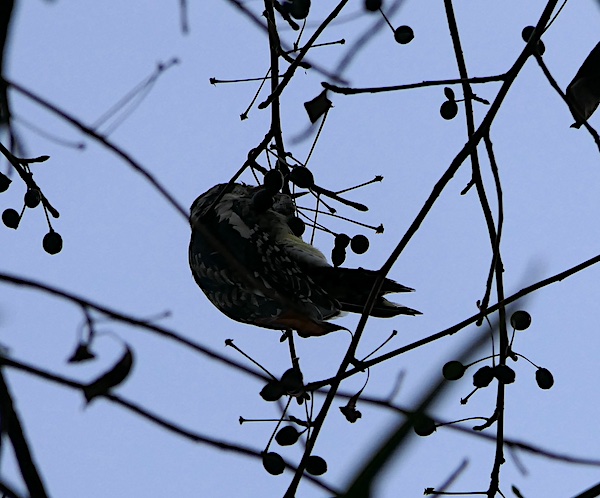
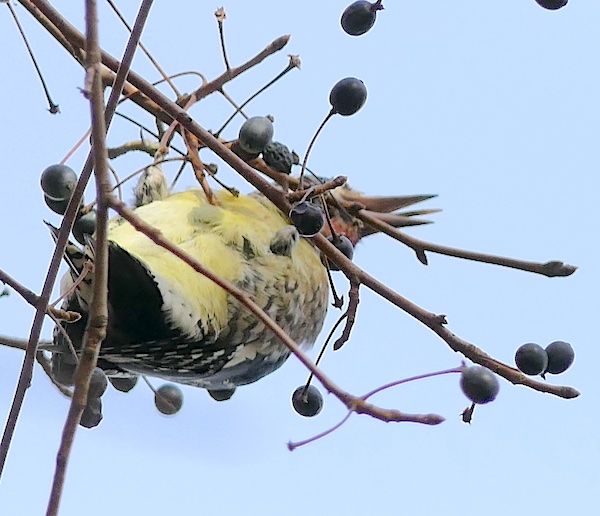
Yellow-bellied sapsuckers, as witnessed here, eat fruit as well as sucking sap and chomping insects.
Great to see a new post. I really enjoy these. Thanks!